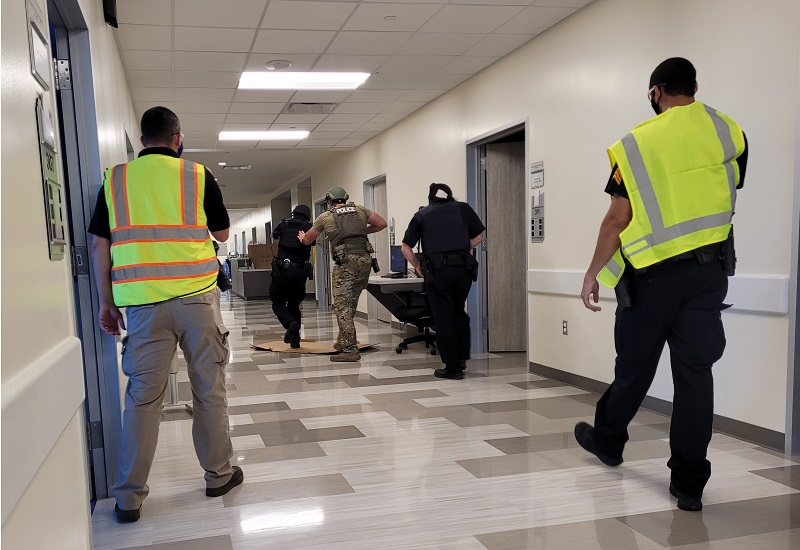Other "Whole Community Preparedness" Activities

Active shooter exercise and training at UTMB with campus police, Galveston police, EMS, Fire, UTMB students & faculty.

Operation Blindside - Patient influx from active shooter exercise with scenario taking place at the Kemah Boardwalk.